Home>Interior Design>5 Cleaning Methods You Should NEVER Use On A TV
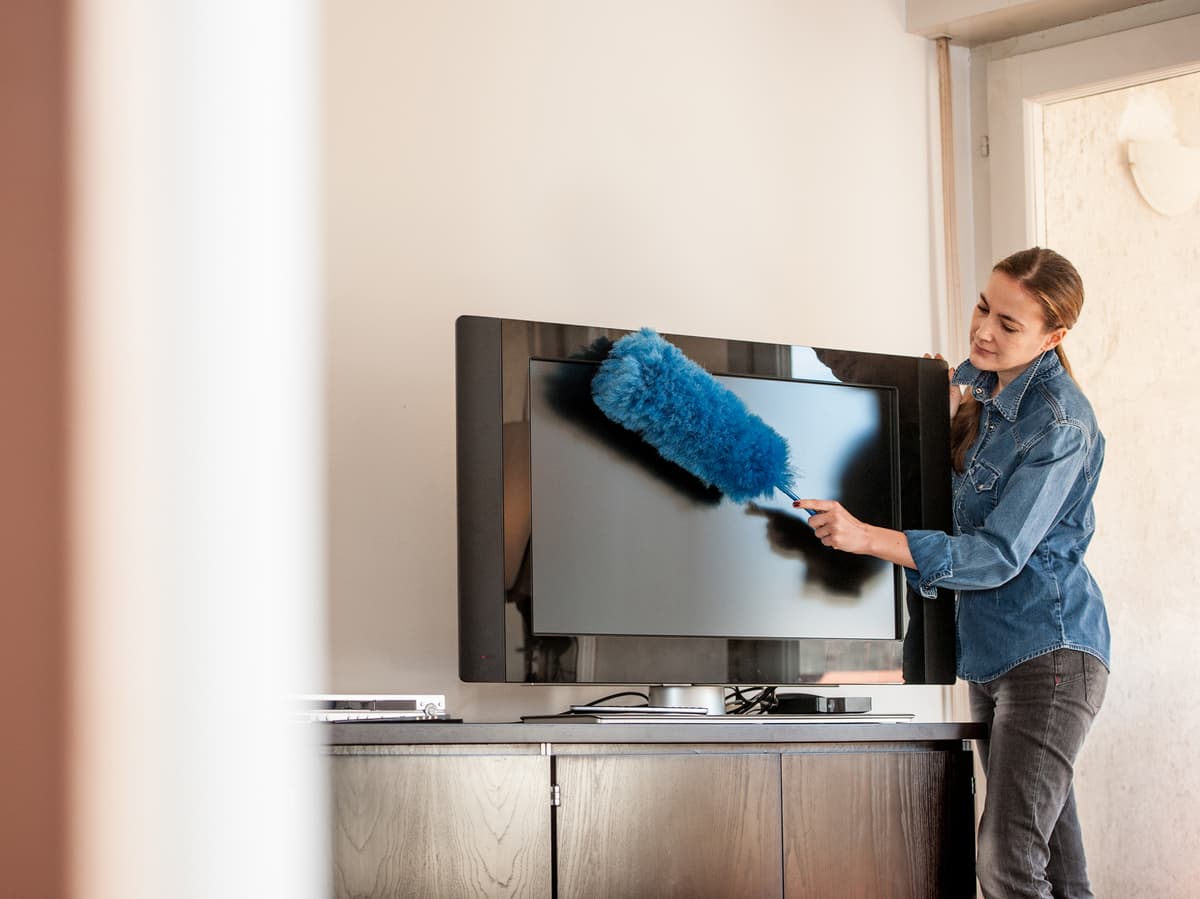

Interior Design
5 Cleaning Methods You Should NEVER Use On A TV
Modified: March 2, 2024
Avoid damaging your TV with these 5 interior design cleaning methods. Learn what not to do when cleaning your TV to keep it in top condition.
(Many of the links in this article redirect to a specific reviewed product. Your purchase of these products through affiliate links helps to generate commission for Storables.com, at no extra cost. Learn more)
Introduction
Welcome to the world of interior design, where creativity meets functionality to create stunning spaces. As an expert in both SEO and interior design, I am excited to share my knowledge and insights on how to optimize your website and captivate your audience with engaging content.
Interior design is not just about making a space look beautiful; it is about creating a harmonious environment that reflects the personality and lifestyle of its inhabitants. Whether you are a homeowner looking to refresh your living spaces or a professional designer seeking inspiration, this article will provide comprehensive guidance on how to create captivating interior design content with SEO optimization.
One key aspect of creating engaging interior design content is understanding your target audience and their preferences. Are they interested in contemporary designs or do they lean towards more traditional styles? Understanding their preferences will help you tailor your content to resonate with them, making it more engaging and relevant.
Another crucial element to consider is the use of visual content. Interior design is a visual art form, and incorporating high-quality images and videos into your content can significantly enhance its appeal. Visual content allows your audience to visualize the designs and understand how they can transform their own spaces. Be sure to optimize your images with alt tags and descriptive file names to improve SEO ranking.
In addition to visual content, the written content of your website plays a vital role in engaging your audience. Your articles and blog posts should be informative, well-researched, and written in a captivating and relatable manner. Incorporating storytelling techniques, such as personal anecdotes or case studies, can make your content more relatable and inspire your readers.
Furthermore, the use of keywords is essential for SEO optimization. Conduct thorough keyword research to identify relevant and high-ranking keywords in the interior design field. Use these keywords strategically throughout your content, including in headings, subheadings, and within the body text, while ensuring the content remains natural and flows smoothly.
Lastly, remember to optimize your website’s technical aspects for SEO. Pay attention to factors such as page load time, mobile responsiveness, and proper HTML coding. These technical optimizations not only improve the user experience but also contribute to higher search engine rankings.
By following these tips and techniques, you can create comprehensive and engaging interior design content while ensuring it ranks high in search engine results. So, let’s dive in and unlock the secrets to captivating your audience with SEO-optimized interior design content.
Key Takeaways:
- Protect your TV screen by avoiding abrasive materials and harsh chemical cleaners. Opt for gentle alternatives like microfiber cloths and safe cleaning solutions to maintain a pristine viewing experience without causing damage.
- Use minimal liquid and safe cleaning tools such as soft, lint-free cloths to prevent irreversible damage to your TV. Avoid paper towels, tissues, and compressed air, and opt for gentle methods to preserve the quality of your screen.
Method 1: Using Abrasive Materials
When it comes to cleaning your TV screen, using abrasive materials is a big no-no. Abrasive materials, such as rough cloths, paper towels, or scrub brushes, can cause permanent damage to the delicate screen surface. Scratches, scuffs, and dents can mar the display, leading to a compromised viewing experience.
Instead of reaching for abrasive materials, opt for gentle alternatives that will effectively clean your TV without causing any harm. Microfiber cloths are a popular choice for screen cleaning due to their soft texture and ability to attract and trap dust particles. They are non-abrasive and will not scratch the screen. Gently wipe the screen in a circular motion to remove fingerprints and smudges.
If you do not have a microfiber cloth on hand, you can use a soft, lint-free cloth, such as a cotton t-shirt or eyeglasses cleaning cloth. Just make sure it is clean and free from any debris that could scratch the screen. Again, use gentle circular motions to clean the screen.
For stubborn smudges or fingerprints, you can dampen the cloth slightly with distilled water or a gentle cleaning solution specifically designed for electronic screens. Apply the liquid to the cloth, rather than directly on the screen, to avoid any liquid seeping into the internal components of the TV.
Remember, when it comes to cleaning your TV screen, it’s important to be gentle and avoid using any abrasive materials that could cause irreversible damage. Stick to soft, non-abrasive cloths and gentle cleaning solutions for the best results.
Method 2: Using Harsh Chemical Cleaners
Using harsh chemical cleaners to clean your TV screen may seem like a quick and easy solution, but it can lead to serious damage. These cleaners often contain strong chemicals that can strip the protective coatings on the screen, causing discoloration or permanent marks. Additionally, the chemicals can also seep into the TV’s internal components, potentially causing malfunctions.
Instead of exposing your TV to these harsh chemicals, opt for safe and gentle alternatives. One of the most effective and commonly used cleaning solutions for electronic screens is a mixture of distilled water and white vinegar. Mix equal parts of these two ingredients in a spray bottle and lightly mist the solution onto a microfiber cloth or a soft lint-free cloth.
Gently wipe the screen using circular motions, taking care not to apply excessive pressure. The vinegar helps to remove smudges and fingerprints, while the distilled water avoids any potential mineral deposits that tap water may leave behind. If you prefer to avoid vinegar, you can substitute it with isopropyl alcohol. Just remember to dilute it with distilled water in a 1:1 ratio.
Another option for a safe and gentle cleaning solution is using a specialized electronic screen cleaning solution. These solutions are specifically formulated to clean delicate screens, and they come in convenient spray bottles. Follow the instructions provided with the product to ensure proper usage.
Remember, always spray the cleaning solution onto the cloth, never directly onto the screen, to avoid any liquid entering the TV’s internal components. And always use a soft, non-abrasive cloth, such as a microfiber or lint-free cloth, to clean the screen.
By choosing gentle and safe cleaning alternatives, you can effectively remove smudges and dirt from your TV screen without causing any damage. Regular maintenance using these methods will keep your TV looking pristine and ensure an optimal viewing experience.
Method 3: Using Excessive Liquid
Using excessive liquid when cleaning your TV screen poses several risks that can lead to damage. Liquid spills or leaks can seep into the internal components of the TV, causing electrical malfunctions and permanent damage. Additionally, excessive liquid can also create streaks or water spots on the screen, detracting from the overall viewing experience.
To avoid these risks, it’s essential to use minimal liquid when cleaning your TV screen. The first step is to turn off and unplug your TV to ensure your safety and prevent any potential electrical accidents. Next, grab a microfiber cloth or a soft lint-free cloth and lightly dampen it with distilled water or a gentle cleaning solution specifically designed for electronic devices.
Wring out any excess liquid from the cloth to ensure it is damp and not dripping wet. Gently wipe the screen using circular motions, applying minimal pressure. This will help remove smudges, fingerprints, and dust without saturating the screen with liquid. Remember to be gentle and avoid pressing too hard.
If you encounter stubborn stains or dirt that cannot be removed with minimal liquid, you can slightly increase the moisture level on the cloth. However, always exercise caution and avoid saturating the cloth or the screen. It’s better to apply multiple gentle passes than to use excessive liquid that can potentially harm the TV.
In cases where more thorough cleaning is required, such as for heavily soiled screens, you can use a foam tip swab or a soft brush specifically designed for electronics. Moisten the swab or brush with the cleaning solution or distilled water, and gently clean any stubborn areas. Again, make sure to use minimal liquid and apply gentle pressure.
After cleaning, allow the screen to air dry before turning the TV back on. Avoid using any heat sources to speed up the drying process, as this can also cause damage. Once the screen is dry, plug in and turn on your TV to enjoy a clean and clear viewing experience.
By using proper techniques and minimal liquid when cleaning your TV screen, you can effectively remove dirt and smudges without posing any risks to the internal components. Regular maintenance using these methods will keep your TV screen looking pristine and ensure optimal performance.
Never use abrasive cleaners, ammonia-based products, alcohol, paper towels, or harsh chemicals on your TV screen. Stick to a microfiber cloth and gentle cleaning solution for safe and effective cleaning.
Method 4: Using Paper Towels or Tissues
Using paper towels or tissues to clean your TV screen may seem convenient, but it can lead to several problems that can damage the delicate surface. Paper towels and tissues often have a rough texture that can cause scratches and leave behind lint or fibers on the screen, affecting the overall viewing experience.
Instead of using these unsuitable materials, it’s recommended to opt for alternative cleaning tools that are safe and effective for your TV screen. Microfiber cloths are an excellent choice as they are specifically designed to be gentle on delicate surfaces and are highly effective at removing smudges, fingerprints, and dust.
Microfiber cloths have a smooth texture that won’t scratch the screen, and they are also lint-free, ensuring a clean and clear surface after cleaning. Gently wipe the surface of the screen using circular motions, and if necessary, dampen the cloth slightly with distilled water or a gentle cleaning solution specifically designed for electronic screens.
If you don’t have a microfiber cloth on hand, you can also use a soft, lint-free cloth, such as a clean cotton t-shirt or an eyeglasses cleaning cloth. Ensure that the cloth is free from any debris that could scratch the screen. Again, use gentle circular motions to clean the screen, and if needed, lightly dampen the cloth with distilled water or a gentle cleaning solution.
It’s important to note that using any fabric or material that could potentially scratch or leave lint on the screen should be avoided. This includes materials like paper towels, tissues, or abrasive sponges. Investing in a good quality microfiber cloth or using a soft, lint-free cloth will help maintain the integrity of your TV screen.
In addition to using appropriate cleaning materials, it’s also essential to regularly clean and maintain your cleaning tools. Wash microfiber cloths in warm water with mild detergent, and avoid using fabric softeners or bleach, as they can affect the cloth’s performance. Similarly, if you’re using a soft cloth, ensure it is clean and free from any particles before use.
By utilizing the recommended materials for cleaning your TV screen, you can effectively remove dirt and smudges without introducing any potential damage. Regular cleaning using these tools will help preserve the clarity and quality of your TV screen for a great viewing experience.
Method 5: Using Compressed Air
Using compressed air to clean your TV may seem like a quick and convenient option, but it can potentially cause harm to the delicate internal components of your device. The force of the compressed air can dislodge or damage sensitive parts, leading to malfunctions or permanent damage.
Instead of relying on compressed air, it’s important to explore safer alternatives for removing dust from your TV. One of the safest and most effective methods is to use a soft, dry microfiber cloth or a soft-bristled brush specifically designed for electronics.
Gently wipe the surface of the TV screen and the surrounding areas with the microfiber cloth to remove any loose dust particles. This method is quick, easy, and doesn’t pose any risk to the internal components of your TV.
If there are hard-to-reach areas or stubborn dust particles, a soft-bristled brush can be used. Gently brush the areas to dislodge the dust, ensuring that you’re not applying excessive pressure. Be cautious not to touch any electronic components or sensitive parts of the TV while doing so.
If you prefer a more thorough cleaning, you can consider using a handheld vacuum cleaner with a soft brush attachment. The gentle suction of the vacuum will remove dust from the TV screen and other areas without the risk associated with compressed air.
Remember, when using any cleaning method, it’s crucial to avoid direct contact with the screen. Avoid pressing too hard or using harsh materials that can scratch or damage the surface. Additionally, it’s important to turn off and unplug your TV before cleaning to ensure your safety and prevent any electrical accidents.
By utilizing safer options like microfiber cloths, soft-bristled brushes, or handheld vacuums, you can effectively remove dust from your TV without risking potential damage to the internal components. Regular maintenance using these methods will help keep your TV clean and free from dust, ensuring optimal performance and a clear viewing experience.
Conclusion
When it comes to cleaning your TV, it’s important to avoid certain methods that can potentially cause harm to the delicate screen and internal components. Using abrasive materials, harsh chemical cleaners, excessive liquid, paper towels or tissues, and compressed air can all lead to irreversible damage and compromise the overall viewing experience.
Instead, opt for safer alternatives to effectively clean your TV screen. Use gentle materials such as microfiber cloths or soft, lint-free cloths to remove smudges, fingerprints, and dust. Dampen the cloth lightly with distilled water or a gentle cleaning solution to tackle stubborn stains or dirt.
Avoid using harsh chemical cleaners that can strip protective coatings or seep into the internal components of your TV. Instead, opt for safe and natural cleaning solutions such as distilled water and vinegar or specialized electronic screen cleaning solutions. These alternatives will effectively clean your TV without causing any damage.
When cleaning your TV, it’s crucial to use minimal liquid to avoid any risks associated with liquid seeping into the internal components. Apply gentle circular motions with the cloth, using minimal pressure. This will prevent streaks, water spots, or potential damage from excessive moisture.
Avoid using paper towels or tissues, as they can scratch the screen and leave behind lint or fibers. Instead, invest in microfiber cloths or use soft, lint-free cloths as recommended alternatives. These materials will provide a gentle and effective cleaning process without risking any damage to the screen surface.
Lastly, refrain from using compressed air, as the force can dislodge or damage sensitive internal components. Instead, use soft, dry microfiber cloths or soft-bristled brushes designed for electronics to remove dust. Consider using a handheld vacuum cleaner with a soft brush attachment for a more thorough cleaning.
In conclusion, by using gentle cleaning methods and safe alternatives, you can effectively clean your TV without risking any damage. Regular maintenance using these methods will help preserve the quality of your TV screen, ensuring a clear, vibrant, and enjoyable viewing experience for years to come.
Frequently Asked Questions about 5 Cleaning Methods You Should NEVER Use On A TV
Was this page helpful?
At Storables.com, we guarantee accurate and reliable information. Our content, validated by Expert Board Contributors, is crafted following stringent Editorial Policies. We're committed to providing you with well-researched, expert-backed insights for all your informational needs.

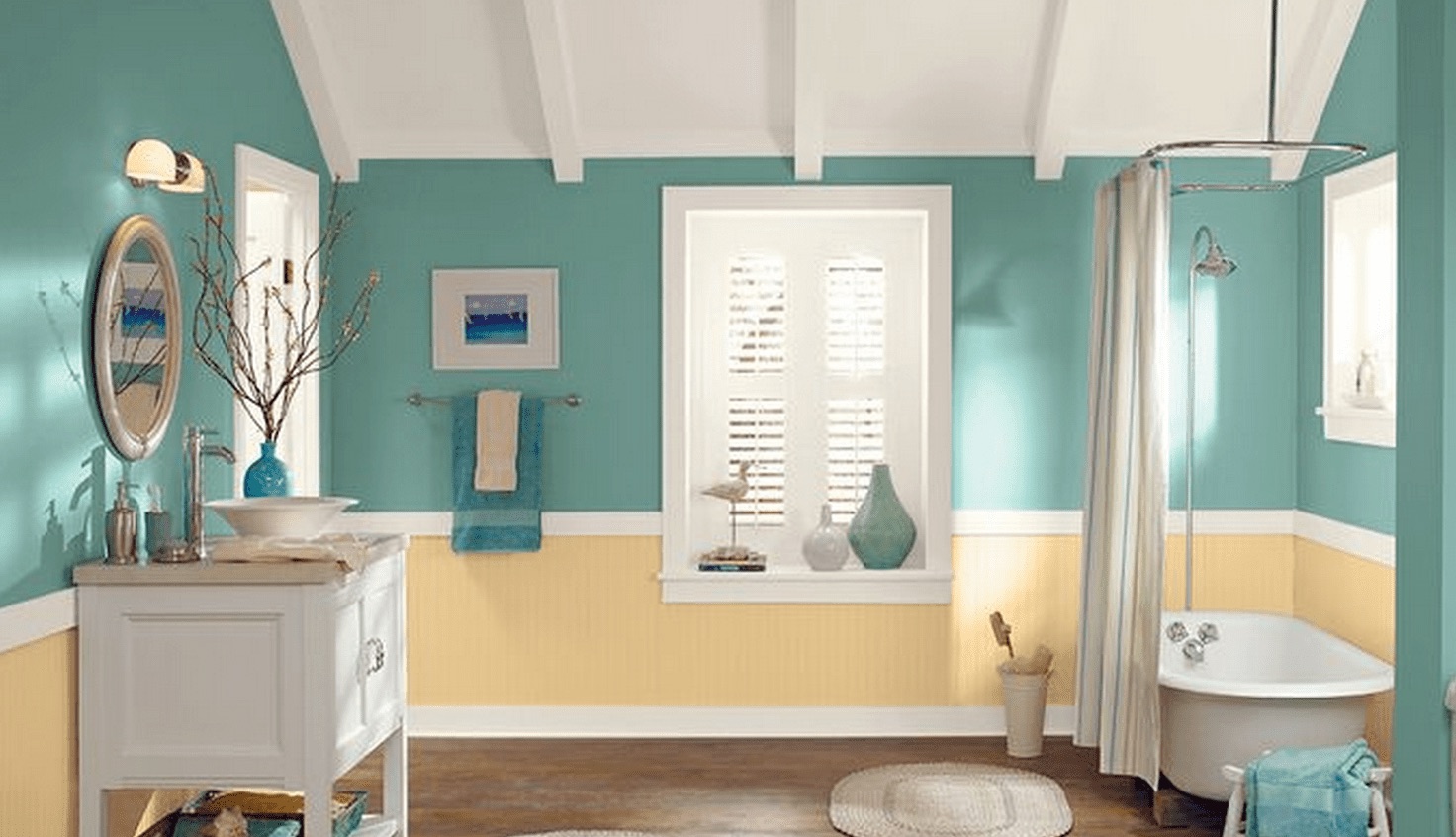





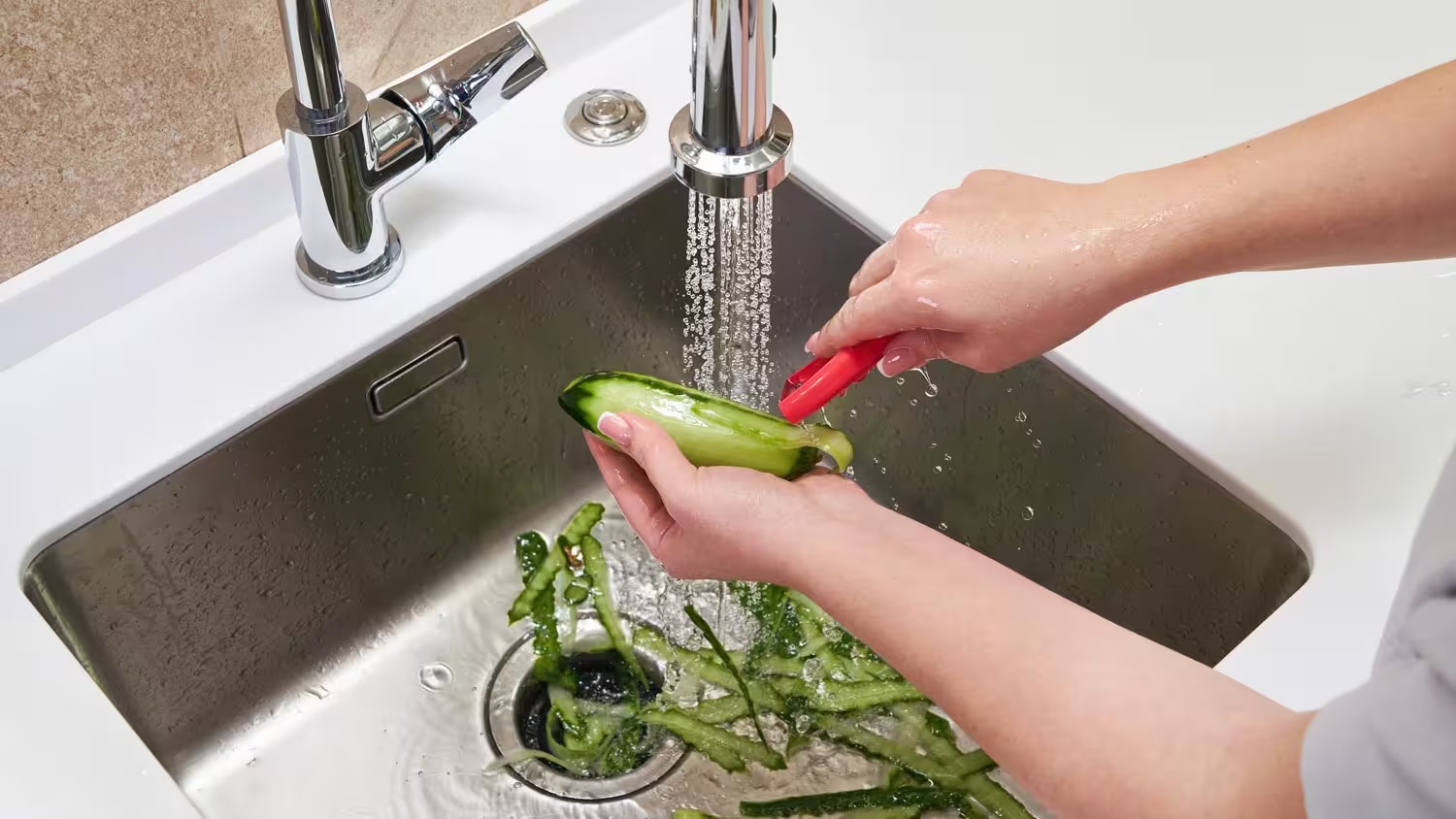
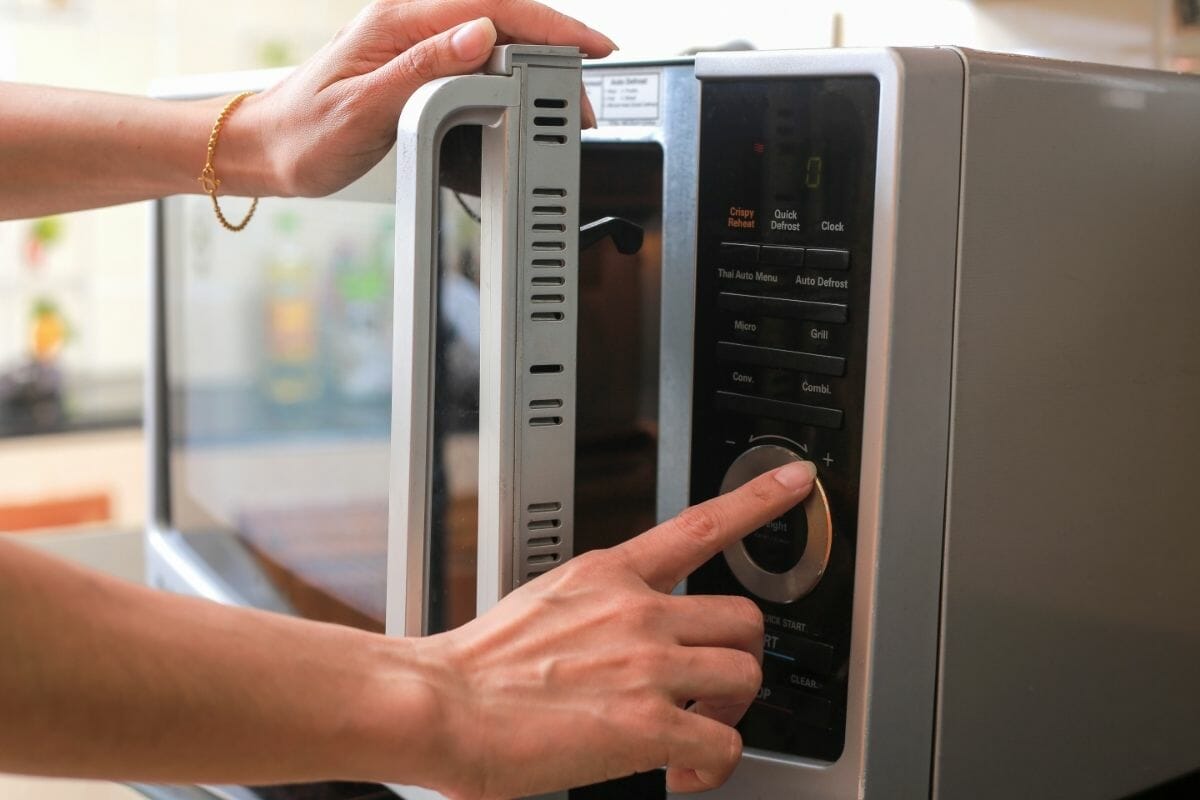

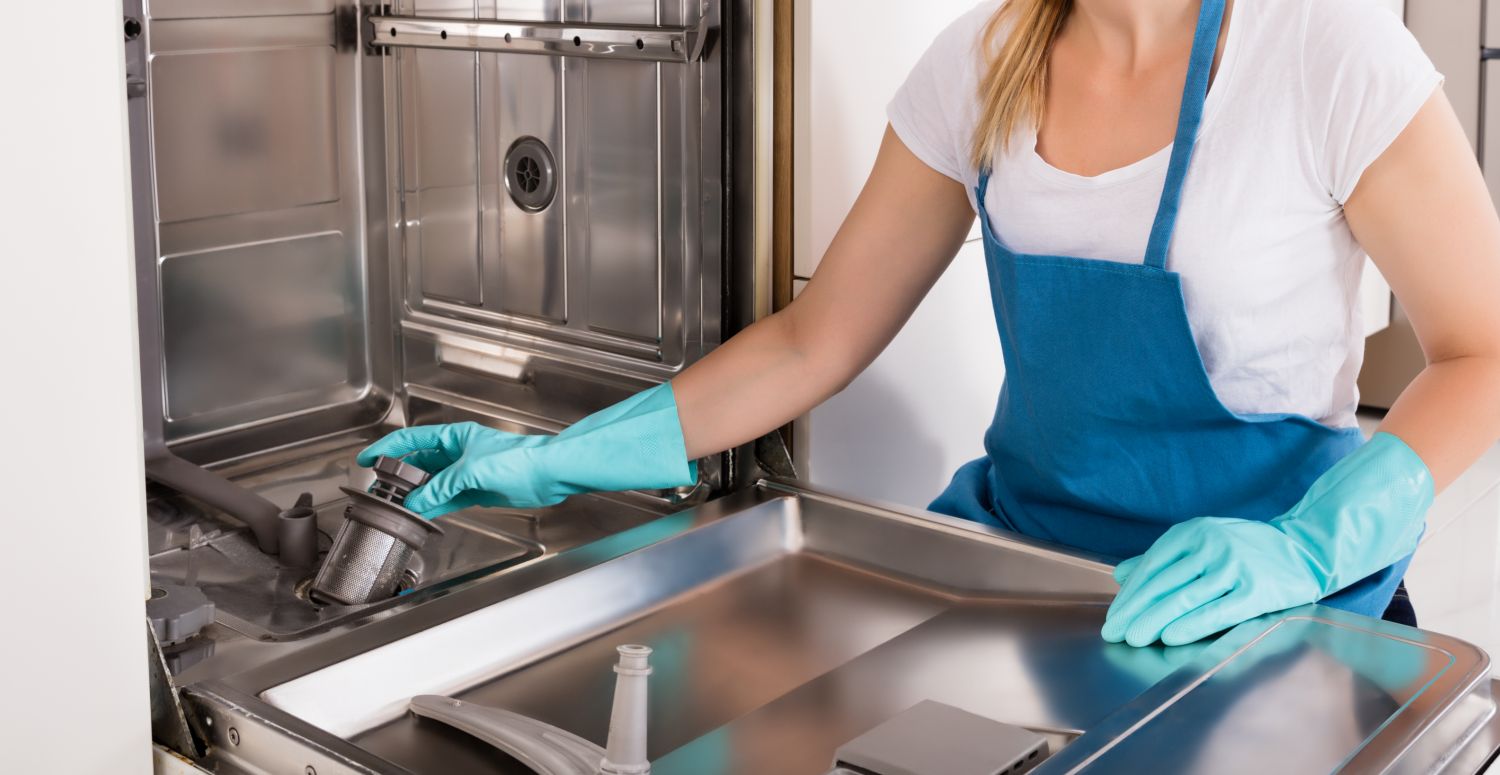




0 thoughts on “5 Cleaning Methods You Should NEVER Use On A TV”